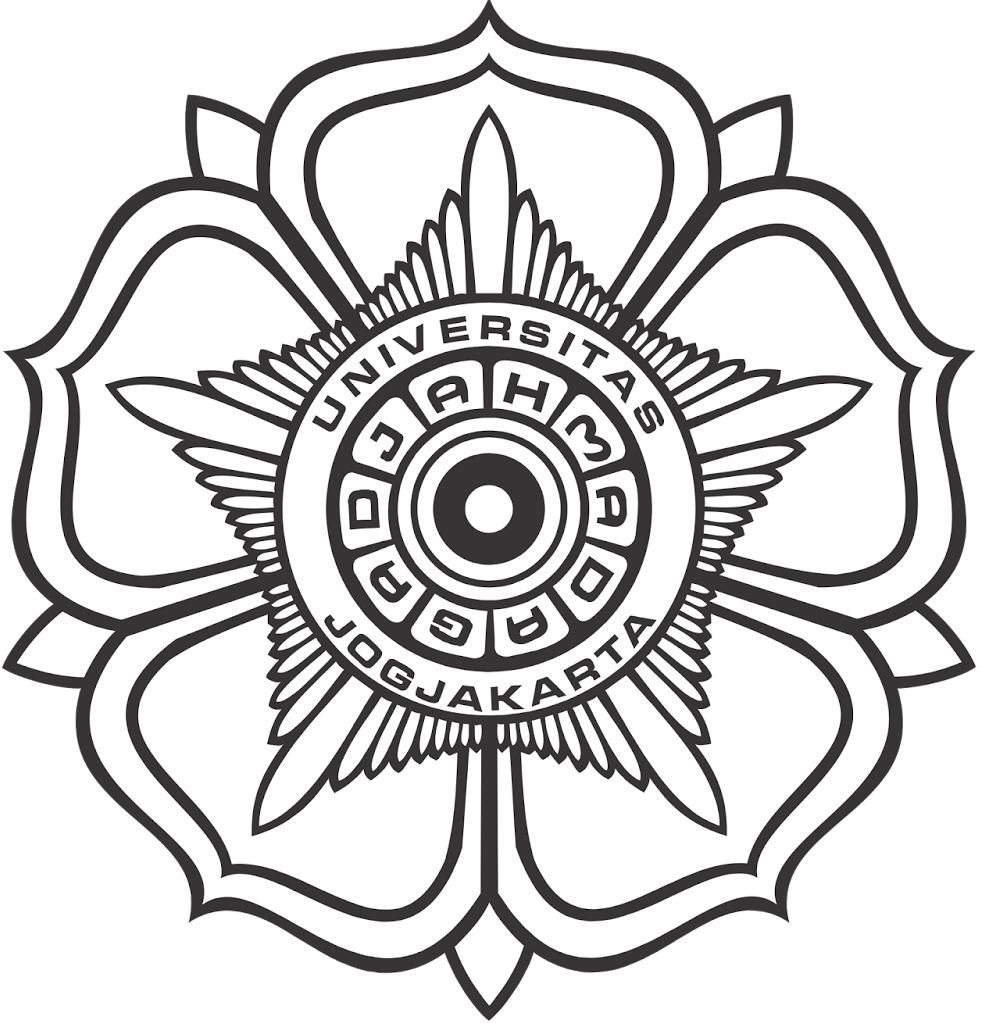Isolation and Identification of α-Glucosidase Inhibitor From Aspergillus Terreus F38
Abstract
Controlled postprandial glucose level is an important strategy in preventing DM type 2. Inhibitors of α-glucosidase have been postulated to be useful agents in managements of DM type 2. This research aims to isolate and identify of α-glucosidase inhibitor fromAspergillus terreus F38 by liquid fermentation. The mycelium extract of A. terreus F38showed strong activity against α-glucosidase with IC50 value of 9.65 μg/mL. Separation and purification of mycelium ectract yielded compound I (Butyrolactone III). The structure was establish on the basis of spectral analysis, according to the data obtained by NMR and LCMS-MS experiments. Compound I showed potential activity against α-glucosidase with IC50 value of 13.87 μg/mL. Therefore, the metabolites from A. terreus F38 can be used as lead compound to design potent α-glucosidase inhibitory agents.
Keywords
Full Text:
PDFReferences
Anurakkun N.J, Bhandari M.R, and Kawabata J. 2007. α-Glukosidase inhibitors from devil tree (Alstonia scholaris). Chemistry. 103: 1319-1323.
Cazar M.E, Hirschmann G.S, and Astudillo L. 2005. Antimicrobial butyrolactone I derivatives from the Ecuadorian soil fungus Aspergillus terreus Thorn. var terreus, Word J. Microbiol. & Biotech. 21: 1067-1075.
Dewi R.T, Tachibana S, and Darmawan A. 2014. Effect on α-glucosidase inhibition and antioxidant activities of butyrolactone derivatives from Aspergillus terreus MC751. Medicinal Chemistry Research. 23(1): 454-460.
Dewi R.T, Suparman A, Mulyani H, Darmawan A, and Lotulung PDN. 2016. Identification of a new compound as α-glucosidase inhibitor from Aspergillus aculeatus. Annales Bogorienses. 20 (1):18-22.
Dewi R.T, Darmawan A, Mulyani H, Lotulung P.D.N, Minarti and Megawati. 2018. α-Glucosidase inhibitory effect of sulochrin from Aspergillus terreus and its brominated derivatives. Malaysia Journal of Science 2018; 37 (1): 70 - 81.
Ogurtsova K, Fernandes J.D. da Rocha, Huang Y, Linnenkamp U, Guariguata L,
Cho N.H, Cavan D ,Shaw J.E, and Makaroff L.E. 2017. IDF Diabetes Atlas: Global estimates for the prevalence of diabetes for 2015 and 2040. Diabetes Research and Clinical Practice. 128: 40-50.
Rao K.V, Sadhukhan A.K, Veerender M, Mohan E.V.S, Dhanvantri SD, Sitaramkumar S, Babu MJ, Vyas K, and Reddy O.G. 2000. Butyrolactones from Aspergillus terreus, Chemical Pharmacy Bulletin. (Tokyo). 48(4): 559-562.
Shibano M, Kakutani K, Taniguchi M, Yasuda M, and Baba K. 2008. Antioxidant constituens in the dayflower (Commeliana communis L.) and their α-glucosidase-inhibitory activity. J. Natural Medecine. 62: 349-353
Soewondo P, Ferrario A, and Tahapary DL. 2013.Challenges in diabetes management in Indonesia: a literature review. Globalization and Health. 9:63.
Sudha P, Zinjarde S.S, Bhargava S.Y and Kumar A.R. 2011. Potent α-amylase Inhibotory activity of Indian Ayurvedic Medicinal Plants. BMC Complementary and Alternative Medicine. 11: 5-2.
DOI: http://dx.doi.org/10.14499/indonesianjpharm29iss2pp74
Refbacks
- There are currently no refbacks.
Copyright (c) 2018 INDONESIAN JOURNAL OF PHARMACY

This work is licensed under a Creative Commons Attribution-ShareAlike 4.0 International License.
Indonesian J Pharm indexed by:







































